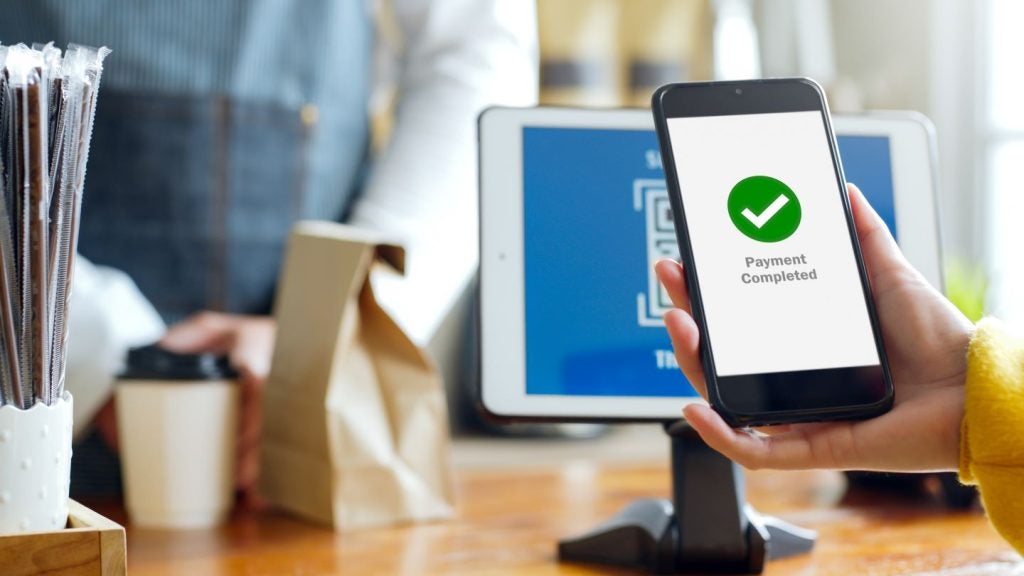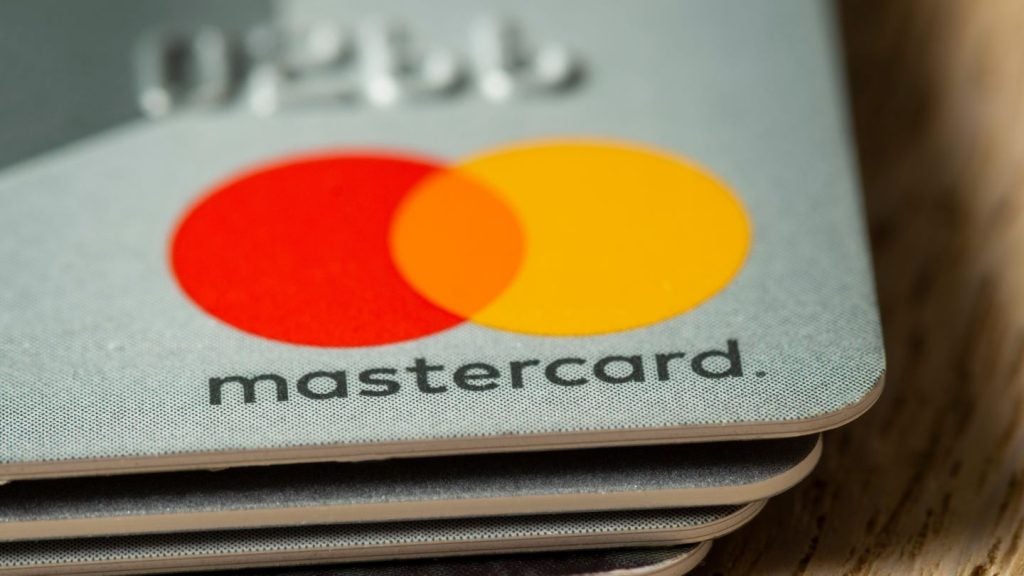The blockchain landscape is a muddy-morass of crypto-jargon that changes everyday. It cannot be defined because, quite simply, nobody is aware of its full potential. Franchesca Hashemi examines a report delivered by Innovalue about the technology’s wide ranging applications and why it has a place in the financial sector
Hailing from the Bitcoin world, the blockchain serves as a public record of digital transactions that can be accounted for in a secure and easy way. Increasingly, financial brands are integrating aspects of this technology into their systems, proving that blockchain could change the global economy in the same way email has revolutionised communication.
Research by Innovalue and Lorde Locke, a strategic management and financial technology advisory firm, describes the blockchain as a distributed ledger system that allows transactions to be securely gathered without the involvement of a centralised body. To generalise, transferring information over the blockchain is safe because network "nodes" validate the work going on.
Innovalue’s report, entitled Blockchain and Financial Services: Industry Snapshot and Possible Future Developments, suggests that blockchain can replace the middle figure, such as a card provider, in a payment. In order to mitigate risk, however, there are two more independent concepts underpinning the infrastructure: "cryptography and open source software".
Developers have big dreams for the future of blockchain. It really could be manipulated to serve any need, from sending or receiving remittances, digitalising assets (passport, medical history or a house) to smart contracts and collateral management.
History and How It Works
In 2008 Satoshi Nakamoto, a pseudonym for a mystery person or indeed group of people, introduced the world to Bitcoin, and its decentralised infrastructure system.
The event received media attention, Innovalue explains, due to "Bitcoin’s price volatility (reaching £1,000 per coin in 2013)" and affiliation with Silk Road, the online black market.
People using this Dark Web service needed a payment system that allowed the transfer of different currencies across vast geographic distances and between strangers, so they used Bitcoin.
Even though the FBI closed Silk Road down, the report continues, its existence increased financial leaders’ curiosity for the Bitcoin ‘backbone’: blockchain.
Innovalue list key aspects of the technology: "The "blockchain" is the ledger (book of records) of all transactions, grouped in blocks, made with a (decentralised) virtual currency scheme."
The book keeping element has a ‘synchronous’ and even manner, as Innovalue explains: "it constantly updates and with the aid of a mathematical function, allows participants to reach an agreement on the approval of transactions. "
Within this context, information regarding the transaction is transferred in ‘blocks’ to the ‘chain’ and between members of the community. Entries in the ledger can be seen by all participants and are added in chronological order.
This system, according to Innovalue, is like a public register: "The list of all transactions is, de-facto, owned by each participant. Thus, all movements of information that has been exchanged in the network can be traced, enabling the transparency of the system, assuming the IP address of the computer being party to a transaction is not masked."
The report cites the European Central Bank’s ‘two key features’ of a value exchange system: reliability and safety. Normally, a known financial brand bank would fill the role. However, as Innovalue explains, blockchain’s risk alleviating mechanisms not only bridge the third party void but "prevent double spending" through the hash function and distributed ledger design.
The Network and Virtual Currencies
Since blockchain’s inception and its subsequent mainstream popularity, its basic premise – a decentralised network – has been reworked by fintech developers. This has resulted in a blockchain amalgamation, whereby centralised networks can exist within a decentralised blockchain (which is the distributed ledger aspect).
Innovalue explains that distributed ledgers, maintained by all participants in the network, enable transparency and integrity: "On this concept, IT firms (such as Microsoft and Oracle) have developed a method to distribute data among multiple devices in a way that each device can modify and/or update information, making them available to the entire system."
The distributed ledger can differ from centralised and decentralised systems, the report continues, as the information is "owned by the network’s participants, and not only by a central entity".
This means that the blockchain technology can serve any number of currencies. Presently, however, financial institutions with a blockchain-inspired system underpin it with a cryptocurrency. This can be for security, as cryptocurrencies can act like a buffer, or simplicity.
Innovalue deconstructs virtual currency schemes, which according to the European Central Bank cryptocurrencies fall under, by classifying them into three main categories: closed virtual currencies (mainly with the gaming world), non-convertible virtual currencies, and convertible virtual (digital) currencies. The latter is significant to a financial institution’s potential blockchain strategy.
However, as the report explains, there is a difference between "virtual" and "digital" convertibles currencies. Virtual currencies deal with products via the internet, while digital convertible currencies are separated into two more categories (centralised and decentralised) and tend to have a more complex use.
Innovalue continues: "Centralised: currencies that have a centralised depository (like a central bank in the real economy- and a principle administrator) fiat currency."
For example, Tibado is a San Francisco-based payment company that uses digital fiat money and a centralised ledger. It, according to Innovalue, uses ‘cloud-based architecture’ to enable payments and mobile or web transfers.
In contrast, the decentralised convertible digital currencies do not rely on a central authority but a distributed system of trust. This can make it difficult for legacy financiers to embrace Bitcoin or one of its contemporaries, as there is no safeguard in place for deflation, inflation interest or exchange rates, as Innovalue points out.
Yet times are changing. The total market capitalisation for decentralised digital currencies is $4bn, with Bitcoin accounting "for nearly the entire capitalisation of the industry at $3.45bn", according to coinmarketcap.com and Innovalue.
Where We Are At
The current movement, Blockchain 2.0, is about the technology’s evolution, mainstream bank’s adaptation, and dulling the presence of Bitcoin. The terminology is constantly changing, yet regardless of the buzz words used, the core infrastructure of this distributed ledger remains unchanged from its early days.
So with each phase that blockchain and its spin-offs go through, according to Innovalue, a literal "plethora" of financial opportunities will arise.
In effect, anything that needs to be recorded can live on the public ledger blockchain. This includes voting systems, welfare payments and pensions, car hire, remittances and insurance.
It is an apt tool for the digital economy, especially since the distributed design can be used to build new information arenas that are easily accessed by the blockchain network’s participants. This particular point, Innovalue explains, is extremely useful for peer-to-peer transactions and the documentation of "intellectual capital for an idea to provide proof of ownership during patent disputes".
Currency Exchange and the Remittance Industry
Blockchain as a public ledger is able to free the flow of remittances. It could provide near real time money transfers, backed up by cryptocurrencies unless a financial brand decides to innovate around this, while fees could be lowered drastically.
Many remittance companies leverage Blockchain 2.0. The result is a market full of variations, compatible with both fiat currencies (from Sterling to the yen and everything in between) and virtual currencies (including Bitcoin and other cryptocurrencies such as Litecoin, which has a total market capitalisation of $97m, according to Innovalue, and Peercoin, with a total market cap of $7m.
These alternative network models, as Innovalue explains, could disrupt the FX and create new clearing spaces for all sorts of transactions.
A key example of a start-up transfer company using blockchain to its merit is Nairobi-based digital currency exchanger and transfer service BitPesa.
Innovalue explains: "BitPesa’s business model is based on the ability to use Bitcoin as a foreign currency clearing and international transfer instrument between two currencies.
"This is done by converting the sender’s value denominated in a fiat currency into Bitcoin at point of receipt and, almost at the same time, to reconvert Bitcoin into the receiver’s fiat currency."
It is a "de facto" process that can remove the complicated, time consuming and expensive obstacles present in the clearing and settlement structures that banks typically involve.
Programmable Money
Digital currencies, according to Innovalue’s report, are characterised by industry professionals as programmable money, or money with in-built functionality:"[It enables] users to encode requirements into a payment instruction in order to achieve autonomous, self-executing contracts ("smart contracts").
"Software is used to set up a contract to specify the payment details and the conditions required to be met before the transactions take place. The conditions can be based on publicly available information."
The software will check the requirements have been reached then follow through with the agreed payment. In effect, the smart contract is programmed to do the job of a written or typed contract. This is useful for individuals who want to sell, buy or conduct some form of business with an unknown body over the internet.
Yet programmable money can pose security concerns, Innovalue warns. "The automatic and enforcing nature would make it difficult to apply conventional contract law.
"Reversing any disputes over the irreversible and ‘automatically completed’ nature of these contracts may be very hard to deal with."
The report lists consumer protection and privacy as primary concerns, because there is zero discretion in terms of a get-out clause.
Alongside this, legal information is publicly viewable (although it exists in computer code).
Smart Property
Blockchain can be utilised for the transacting of information that amounts to a physical or conceptual asset. This could be anything from a house or intellectual property item such as an artists’ song to stocks, bonds, cars and commodities.
Transactions for smart property on blockchain, according to Innovalue, can be viewed as: "contracts enforced by algorithms that can automatically execute the stipulations of an agreement once pre-determined condition are activated".
In this instance, smart property and blockchain is essentially proof of ownership regarding an entity that can be digitalised.
There are many ways to facilitate smart property transactions. Innovalue provides an example of one: "By harnessing the blockchain technology as both a ledger and trading instrument, the Coloured Coins protocol functions as a distributed asset management platform, facilitating issuance across different asset categories by individuals as well as businesses."
Financial brands are innovating around the smart property concept. One potential application that will be difficult but not impossible to execute is the distribution of a will. To do this, the smart contract on blockchain should be programmed to scan for publicly available proof of the testator’s death (such as a digitalised death certificate or online obituary). The network will be notified once this condition has been met and within near real time of the death being verified by the nodes, money or assets from the will can be transferred digitally to the beneficiaries.
How Incumbents Leverage the Blockchain
Several legacy banks are investing in blockchain research. Santander published its ‘Fintech 2.0 Paper: rebooting financial services’, while Barclay’s proof-of-concepts venture with the Bitcoin spending platform Safello has been big news. Royal Bank of Scotland has also jumped on the blockchain bandwagon, with an announcement in June 2015 that it will investigate the technology with Ripple as part of its £3.5bn digital revamp.
Innovalue lists four key areas that corporate and institutional incumbents are looking at: in-house platforms, direct investment in blockchain companies, partnerships with existing blockchain developers and the study of potentially applications through an accelerator.
The report also proves investment in blockchain and Bitcoin companies increasing, with $95m invested globally in 2013, $350m invested in 2014 and $344m invested from January to March 2015, according to CoinDesk’s figures.
What Next?
Banks and developers alike are not even close to uncovering blockchain’s full potential. Yet the sheer range of financial companies investing in the technology, researching and simply talking about it proves that blockchain is under serious consideration.
On this ground, financial brands are assessing areas that need revitalising and adopting the blockchain technology to suit their needs, while keeping abreast of their peers’ developments.
As Innovalue explains, the blockchain ascent continues: "It is an innovative solution to the process of completing information exchanges and transactions. As with all technical advances, blockchain is undergoing progression from initial launch for niche applications (e.g. a digital currency) to potential large scale adoption by businesses and governments."







